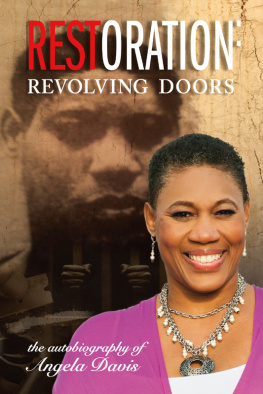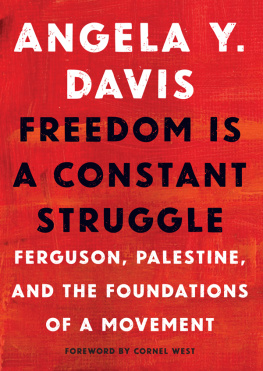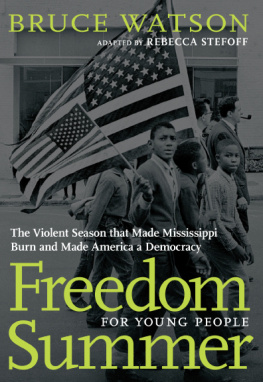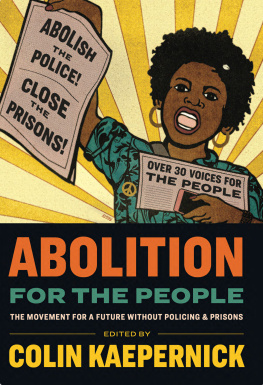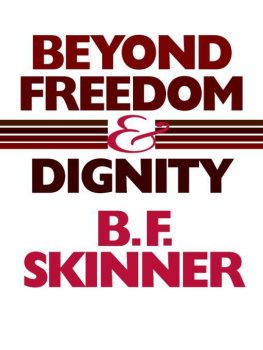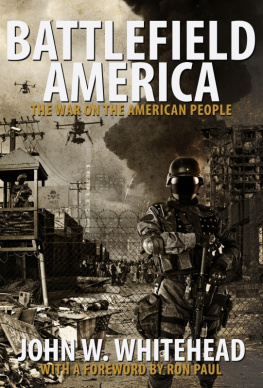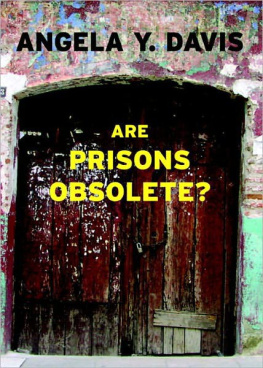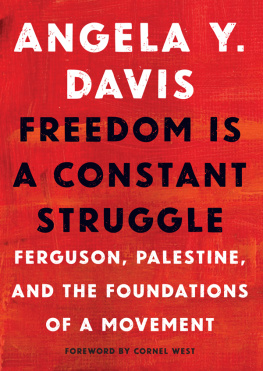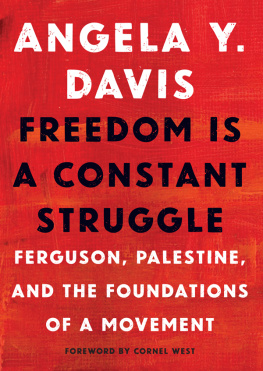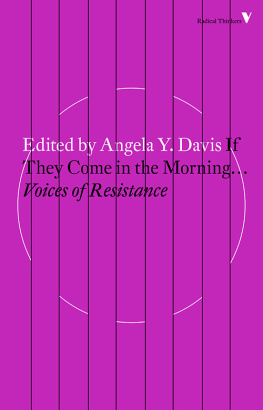Angela Davis - Against Police Violence
Here you can read online Angela Davis - Against Police Violence full text of the book (entire story) in english for free. Download pdf and epub, get meaning, cover and reviews about this ebook. year: 2020, publisher: Seven Stories Press, genre: Politics. Description of the work, (preface) as well as reviews are available. Best literature library LitArk.com created for fans of good reading and offers a wide selection of genres:
Romance novel
Science fiction
Adventure
Detective
Science
History
Home and family
Prose
Art
Politics
Computer
Non-fiction
Religion
Business
Children
Humor
Choose a favorite category and find really read worthwhile books. Enjoy immersion in the world of imagination, feel the emotions of the characters or learn something new for yourself, make an fascinating discovery.

- Book:Against Police Violence
- Author:
- Publisher:Seven Stories Press
- Genre:
- Year:2020
- Rating:4 / 5
- Favourites:Add to favourites
- Your mark:
- 80
- 1
- 2
- 3
- 4
- 5
Against Police Violence: summary, description and annotation
We offer to read an annotation, description, summary or preface (depends on what the author of the book "Against Police Violence" wrote himself). If you haven't found the necessary information about the book — write in the comments, we will try to find it.
Against Police Violence — read online for free the complete book (whole text) full work
Below is the text of the book, divided by pages. System saving the place of the last page read, allows you to conveniently read the book "Against Police Violence" online for free, without having to search again every time where you left off. Put a bookmark, and you can go to the page where you finished reading at any time.
Font size:
Interval:
Bookmark:
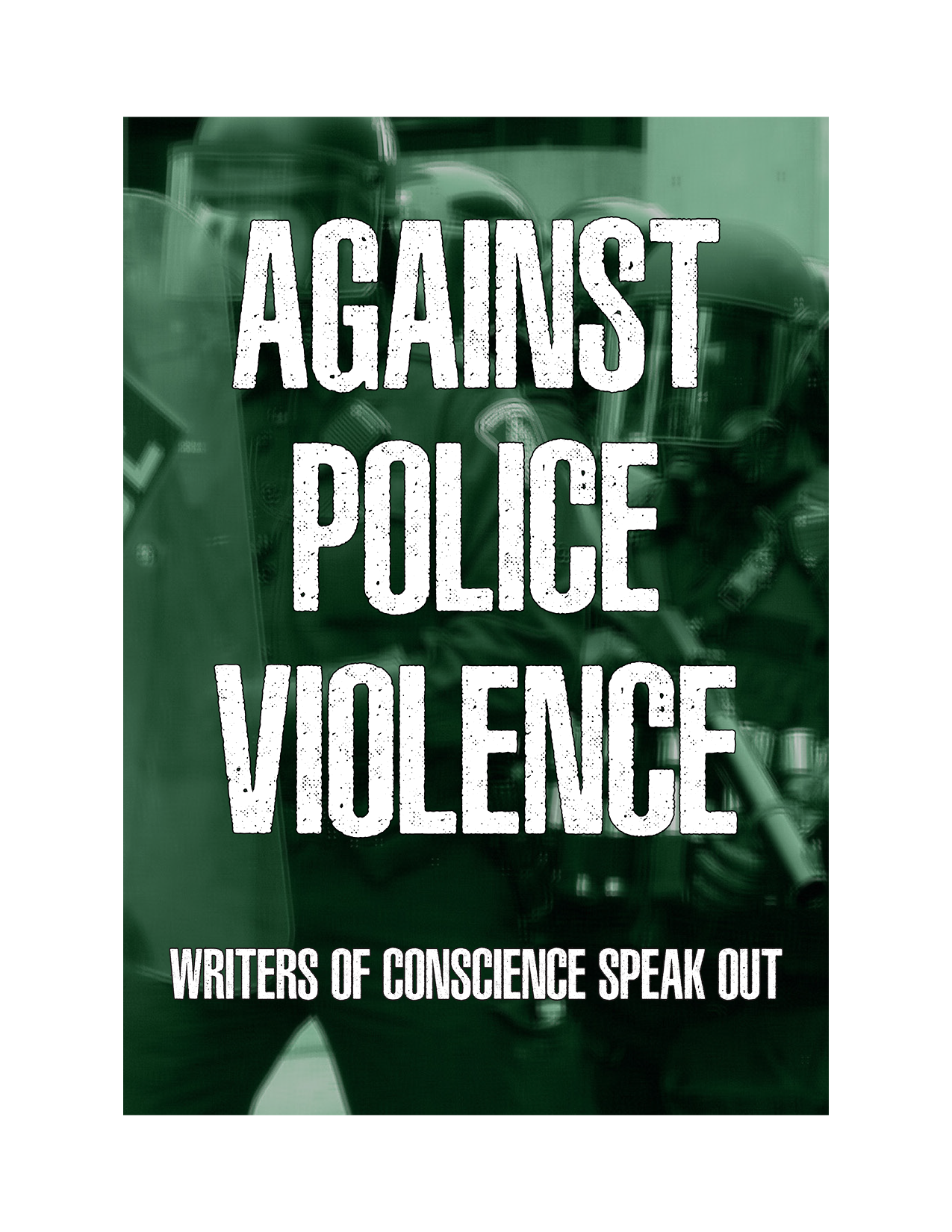
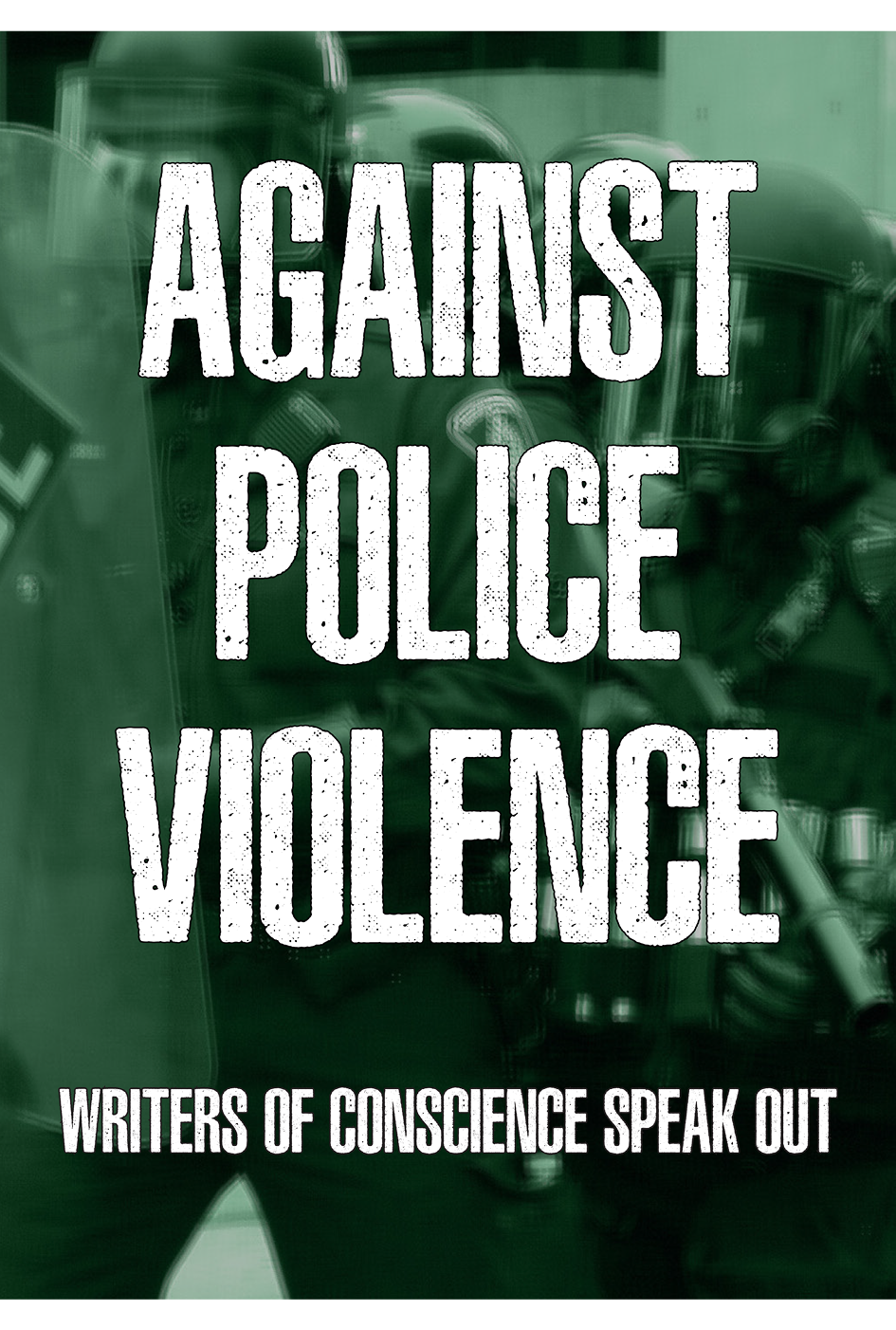
Cover
Contents
from Full Spectrum Resistance: Building Movements and Fighting to Win by Aric McBay (2019)
from The Zinn Reader: Writings on Disobedience and Democracy, Updated and Expanded 2nd Edition by Howard Zinn (2009)
from Are Prisons Obsolete? by Angela Davis (2005)
by Assata Shakur (Joanne Chesimard), 1978, from Voices of a Peoples History of the United States, 10th Anniversary Edition , edited by Howard Zinn and Anthony Arnove (2014)
from 68: The Mexican Autumn of the Tlatelolco Massacre by Paco Ignacio Taibo II, translated by Donald Nicholson-Smith (2019)
by Huey P. Newton (1969), from The New Huey P. Newton Reader , edited by David Hilliard and Donald Weise (2020)
This eBook is licensed to xeje kerbl, xejeko1138@qkerbl.com on 06/15/2020
Fighting to Win
from Full Spectrum Resistance: Building Movements and Fighting to Win
by Aric McBay
In 1961, a Black student, James Meredith, applied to the all-white University of Mississippi. He was not granted entry. He and his lawyers began a series of legal challenges alleging that Meredith was rejected because of the color of his skin. The case made it to the Supreme Court, which ruled that the university had to accept Meredith.
But again, the state establishment defied the Supreme Court. Indeed, the governor of Mississippi personally came to turn Meredith away when he attempted to visit the registrars office. Federal marshals were sent to escort Meredith and ensure his safety.
When James Meredith was finally able to enroll in the fall of 1962, there was an immediate and violent response on the university campus. Students and Mississippians rioted by the thousand, attacking the hundreds of federal marshals and border guards tasked with protecting Meredith. In response, President Kennedy sent in sixteen thousand federal troops to quell the racist uprising. Swathes of the campus were burned or destroyed by the rioters. (One military police officer, a veteran of the war in Vietnam, said he preferred being in Vietnam to dealing with the rioters.)
When the riots were over, two people were dead, twenty-eight US marshals had been shot, and 160 soldiers had been injured. Some called it the last battle of the Civil War. (Meredith himself was safe, though in 1966 he was shot in an assassination attempt. He would recover.)
Those on the front lines of the civil rights struggle were not nave about the nature of segregation. They understood that segregation would not end by persuasion alone, and that forceincluding the threat or use of violencewould be required. James Meredith, a military veteran, was very explicit on this point. Decades after his graduation from the University of Mississippi, he explained: I was engaged in a war. I considered myself engaged in a war from Day One. And my objective was to force the federal governmentthe Kennedy administration at that timeinto a position where they would have to use the United States military force to enforce my rights as a citizen.
The Freedom Ridesthe series of bus rides in which white and Black activists traveled through the South to defy the rules of segregationused the same principle. One Freedom Rider called himself a soldier in a nonviolent army.
It worked. The racist attacks grew with each city the Freedom Riders passed through. This was organized violence, planned by both the police and the Ku Klux Klan. In Anniston, Alabama, the Ku Klux Klan surrounded the bus and blocked the exits before setting it on fire. Through some stroke of luck the mob backed off for a moment and the Freedom Riders were able to leave the bus before burning alive. But as they fled they were severely beaten and almost lynched. Some of them were sent to hospital but were refused medical care, and had to flee the hospital after another angry mob gathered. At the next stop, Birmingham, they were again attacked and severely beaten.
In Montgomery, Alabama, the conflict came to a head. Freedom Riders were mobbed and viciously beaten as police looked on. Local civil rights organizers had to rescue the injured because ambulances would not take them to hospital.
The next evening there was a rally at a Baptist church in Montgomery, with Martin Luther King Jr. among the speakers. Some six hundred federal marshals were sent in to guard them. They were attacked by thousands of angry racists who set cars ablaze and injured marshals. President Kennedy again threatened to send in Federal troops. But in the middle of the night, the governor of Alabama relented, declared martial law, and sent in the National Guard to escort the Freedom Riders.
As James Farmer recounted: That ride, from Montgomery to Jackson, was like a military operation. As we rode on the bus, there were Alabama National Guardsmen on the bus with us, about six of them, with bayonets fixed on their rifles. There were helicopters chopping around overhead. When they arrived in Jackson, Mississippi, however, the Freedom Riders were all arrested and thrown in jail. So civil rights organizers called in reinforcements until the jails were filled to overflowing.
One of the reasons that a single person like James Meredithor a group like the Freedom Riderscould catalyze such enormous change was because they did eventually have the backing of an armed force. And while federal support was uneven and ambiguous, many parts of the South were unambiguouslyand violentlyopposed to desegregation. In some areas it was not uncommon for the KKKs public parades to be escorted by the police. (And the membership of the KKK and local police often overlapped heavily.) Michael Ezra writes: While nonviolence was morally feasible and gained political sympathy for the movement, it also made civil rights protest an excessively dangerous activity that often intimidated people from participating. And so some of those in the South took a rather different approach.
The Deacons for Defense
Long before the Black Panthers, Black people, especially in the American South, had organized themselves for self-defense, including armed self-defense. But those self-defense groups were often small, local, and informal. They were also clandestinein areas with a strong Klan presence, Black people who armed themselves wanted to avoid unnecessary attention. (This is one of the reasons their history is not very well known.) It also helped, as Lance Hill writes, to maintain the illusion of nonviolence in the movement. It was this public image of a nonviolent movement that ensured white liberal support in the North.
Things changed with the emergence of the Deacons for Defense. They organized publicly for the defense of Black communities. Founded in 1964 as a single group in Jonesboro, Mississippi, by 1966 they would have twenty-one chapters in the South, with hundreds of active members and many thousands of supporters. (Notably, they became active after the Civil Rights Act of 1964 had passed, when Black people were already supposed to be legally equal.)
Lance Hill tells the story of the Deacons for Defense in his fascinating and insightful book The Deacons for Defense: Armed Resistance and the Civil Rights Movement.
The founding members of the Deacons were mostly working-class military veterans like Earnest Chilly Willy Thomas and Frederick Douglass Kirkpatrick. From the beginning, they tasked themselves with protecting Black communities and civil rights organizers from Klan violence. Hill writes: The Deacons guarded marches, patrolled the Black community to ward off night riders, engaged in shoot-outs with Klansmen, and even defied local police in armed confrontations. Hill explains:
Font size:
Interval:
Bookmark:
Similar books «Against Police Violence»
Look at similar books to Against Police Violence. We have selected literature similar in name and meaning in the hope of providing readers with more options to find new, interesting, not yet read works.
Discussion, reviews of the book Against Police Violence and just readers' own opinions. Leave your comments, write what you think about the work, its meaning or the main characters. Specify what exactly you liked and what you didn't like, and why you think so.

